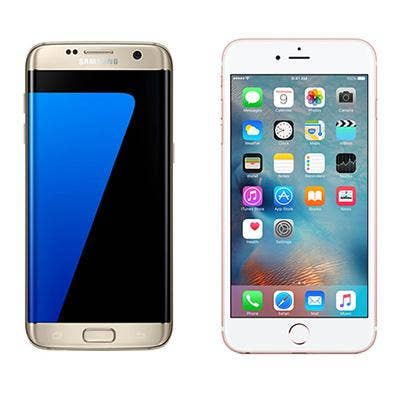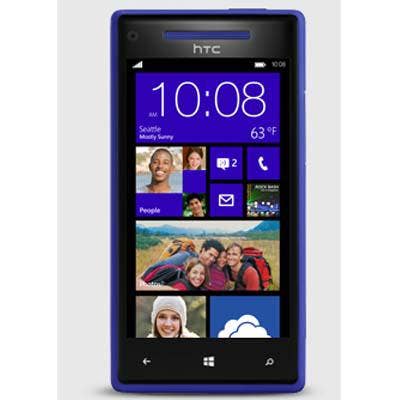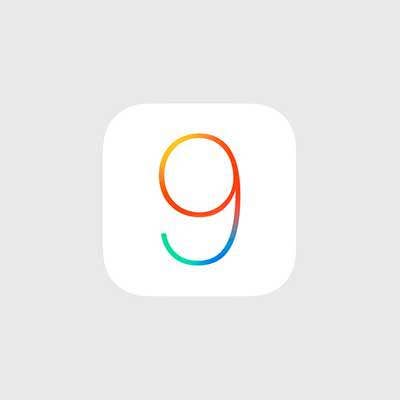5 Things That Will Impact Mobile Sales This Year

Stalling Smartphone Market
IDC Thursday released its worldwide smartphone growth forecast for 2016, highlighting the biggest winners -- including Android phones and large-screened phablets -- as well as the biggest losers.
According to IDC analyst Ryan Reith, vice president with IDC's Worldwide Quarterly Mobile Phone Tracker, traditional channels will change over 2016 due in part to the smartphone market slowing in growth to the low single digits.
"Consumers everywhere are getting savvy about how and where they buy their smartphones, and this is opening up new doors for OEMs and causing some traditional channels to lose some control of the hardware flow," he said in a statement. ’Consumers are having more say over which brands they want and at the same time are able to bargain-shop."
Following are the top five mobile findings for partners in 2016, based on IDC's report.

The Overall Smartphone Market Is In Facing Slow Growth
Overall, IDC forecasts that worldwide smartphone growth will slow to 3.1 percent in 2016, which is a substantial decrease from the 10.5 percent growth in 2015 and 27.8 percent growth in 2014.
According to IDC, this slowdown is due in part to changing smartphone buying behavior, as markets driven by operators change from two-year subsidized contracts toward monthly installment plans.
The new forecast is 2.6 percentage points lower than a previous forecast by IDC for 2016 on the basis of the continued slowdown in mature markets and China.

Android Is A Winner In 2016
Smartphones running on Android will experience 6.2 percent year-over-year growth and will lead the smartphone market with almost 84 percent share, according to IDC's forecast. Android smartphones range in pricing from premium Samsung devices to more entry-level, affordable phones. According to IDC, Android smartphones will have an average selling price of $218 in 2016, and will drop below $200 in 2019.
’Despite having the lion's share from a platform perspective, OEMs continue to try and differentiate by building [user interface] skins to offer a different look and feel,’ according to IDC.

Windows Phone Is The Big Loser
With Microsoft's recently sell-off of its Nokia assets and layoffs in its mobile division, it may come as no surprise that the Redmond. Wash.-based company's Windows Phone OS will experience a whopping 61.6 percent year-over-year decline in 2016.
Though Microsoft said it would focus on enterprise users and will continue support for Windows Phone, IDC analysts don't think this paints a picture of a successful mobile platform any time soon, due in large part to what they said is Windows Phone's lack of OEM partners.

iOS Will Slip In 2016
While it certainly won't face the same amount of decline as Microsoft's mobile software, Apple's iOS won't reach the same levels of growth it has obtained in previous years. In 2016, iOS smartphone shipments will slip 2 percent, and the software will lag behind Android to take 15.3 percent market share, according to IDC.
However, IDC said it believes Apple can bring the iPhone back to growth in 2017 through its early trade-in program and the lower costs of the iPhone SE.

Phablets Continue To Be Popular
A final trend that IDC noted is the popularity of phablets -- phones with screens that are 5.5 inches or larger. According to IDC, vendors are continuing to push large-screened devices at various price points and featuring bold displays.
"Despite single-digit growth for the overall smartphone market throughout the forecast period, phablets are expected to have double-digit growth until 2019, then slowing to 9.2 percent growth in 2020," said Anthony Scarsella, research manager with IDC's mobile phones team.
According to IDC, the average selling price of phablets will remain ’significantly higher’ than regular smartphones at $383 (versus the $260 average selling price of regular phones) in 2016.